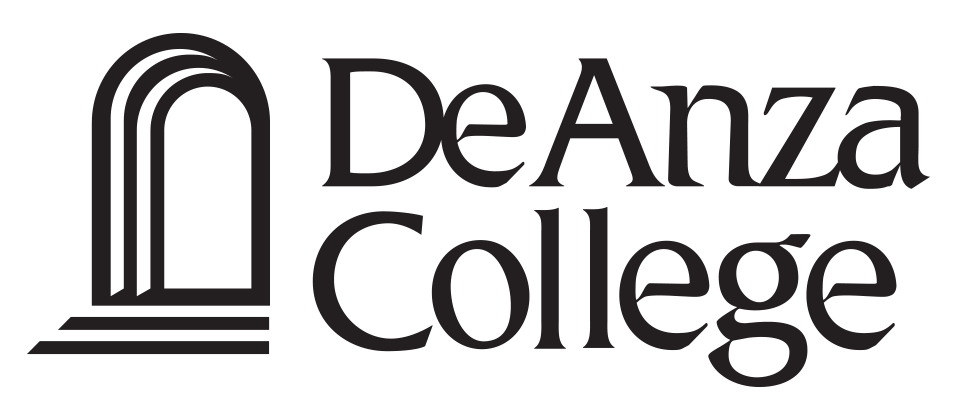Active Outline
General Information
- Course ID (CB01A and CB01B)
- PHTGD006.
- Course Title (CB02)
- Photography Production Laboratory
- Course Credit Status
- Credit - Degree Applicable
- Effective Term
- Fall 2024
- Course Description
- This is a supervised course in the use of a photographic studio, darkrooms, and/or photographic computer lab space.
- Faculty Requirements
- Discipline 1
- [Photography]
- FSA
- [FHDA FSA - PHOTOGRAPHY]
- Course Family
- FD - Photography-Professional Practices
Course Justification
This course is part of the Professional Photography CTE A.A. degree and is UC and CSU transferable. It provides additional practical experience and advanced skills enhancement in both analog and digital techniques of photography.
Foothill Equivalency
- Does the course have a Foothill equivalent?
- No
- Foothill Course ID
Formerly Statement
Course Development Options
- Basic Skill Status (CB08)
- Course is not a basic skills course.
- Grade Options
- Letter Grade
- Pass/No Pass
- Repeat Limit
- 0
Transferability & Gen. Ed. Options
- Transferability
- Transferable to both UC and CSU
Units and Hours
Summary
- Minimum Credit Units
- 2.0
- Maximum Credit Units
- 2.0
Weekly Student Hours
| Type | In Class | Out of Class |
|---|---|---|
| Lecture Hours | 0.0 | 0.0 |
| Laboratory Hours | 6.0 | 0.0 |
Course Student Hours
- Course Duration (Weeks)
- 12.0
- Hours per unit divisor
- 36.0
Course In-Class (Contact) Hours
- Lecture
- 0.0
- Laboratory
- 72.0
- Total
- 72.0
Course Out-of-Class Hours
- Lecture
- 0.0
- Laboratory
- 0.0
- NA
- 0.0
- Total
- 0.0
Prerequisite(s)
PHTG D001. or PHTG D004. (may be taken concurrently)
Corequisite(s)
Advisory(ies)
ESL D261. and ESL D265., or ESL D461. and ESL D465., or eligibility for EWRT D001A or EWRT D01AH or ESL D005.
Limitation(s) on Enrollment
Entrance Skill(s)
A working knowledge of the wet and/or digital darkroom space and equipment.
General Course Statement(s)
Methods of Instruction
Wet and/or dry lab technical support
Demonstration
Discussion as needed for individual student project/lab activities
Assignments
- Various lab activities or projects determined by student and approved by instructor
- Written commitment stating objectives of lab activities such as: project concept, equipment needs, number of prints to be completed, and printing method to be used
Methods of Evaluation
- Regular consultation with each student to insure progress toward individual course objectives
- Completion of various lab activities or projects that demonstrate practice(s) and/or technique(s) used and defined for individual student at beginning of course; including evidence of increased proficiency.
Essential Student Materials/Essential College Facilities
Essential Student Materials:
- Film and/or digital camera
- Photographic paper: silver based and/or digital
- Wet and/or dry photographic lab
Examples of Primary Texts and References
| Author | Title | Publisher | Date/Edition | ISBN |
|---|---|---|---|---|
| London, Barbara | Photography | Pearson | 2023/Thirteenth Edition | ISBN 13: 978-0-13-448202-6 |
Examples of Supporting Texts and References
None.
Learning Outcomes and Objectives
Course Objectives
- Employ and demonstrate increased skill(s) in the use of appropriate equipment, materials, processes, and techniques to complete various photographic lab activities or projects.
- Create and conceptualize new imagery using various techniques and/or practices.
- Apply photographic technical skills to the production of printed imagery
CSLOs
- Apply photographic technical skills to the production of printed imagery within the wet or dry darkroom
across projects of increasing challenge levels.
Outline
- Employ and demonstrate increased skill(s) in the use of appropriate equipment, materials, processes, and techniques to complete various photographic lab activities or projects.
- Use of wet and/or dry lab
- Film development
- Paper development
- Digital imagery editing
- Scanning
- Digital printing
- Create and conceptualize new imagery using various techniques and/or practices.
- Fine art photography such as: black & white fine print, color, alternative process, or mix-media
- Commercial photography such as: product, portraiture, or architecture
- Apply photographic technical skills to the production of printed imagery
- Using the wet or dry darkroom to print out a cohesive body of work using silver-based or digital media.
- As proficiency is gained, using these skills to produce bodies of work of increasing levels of challenge.


